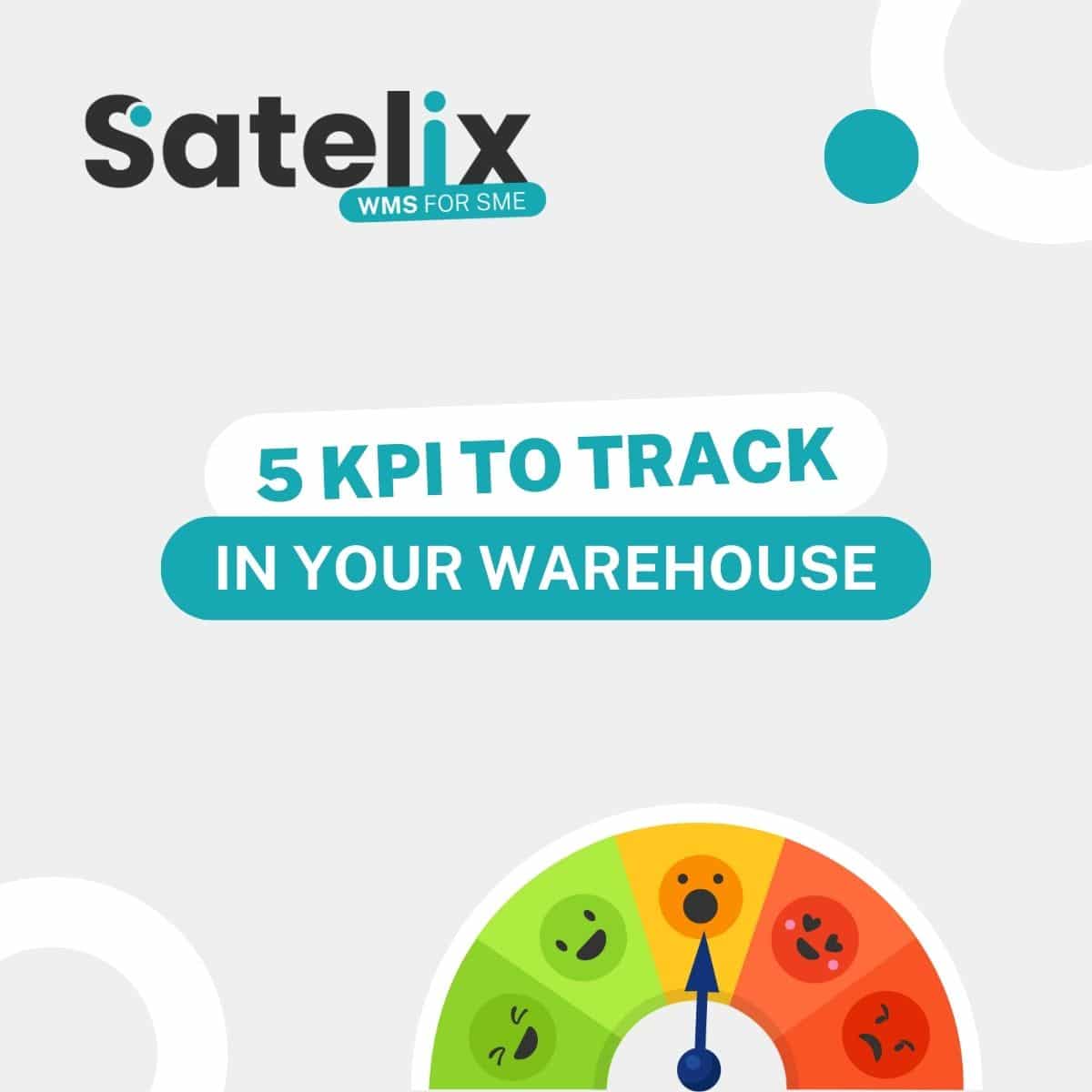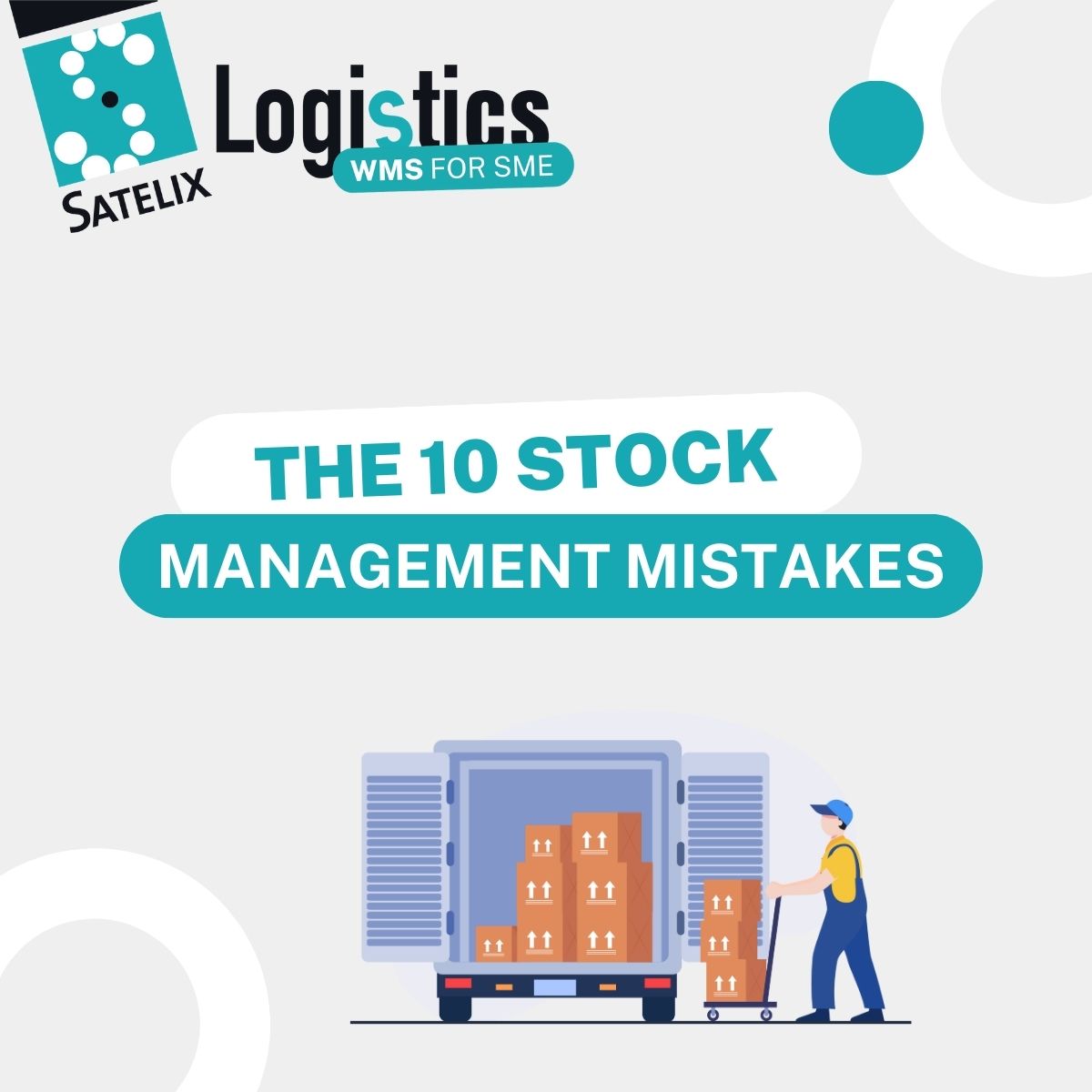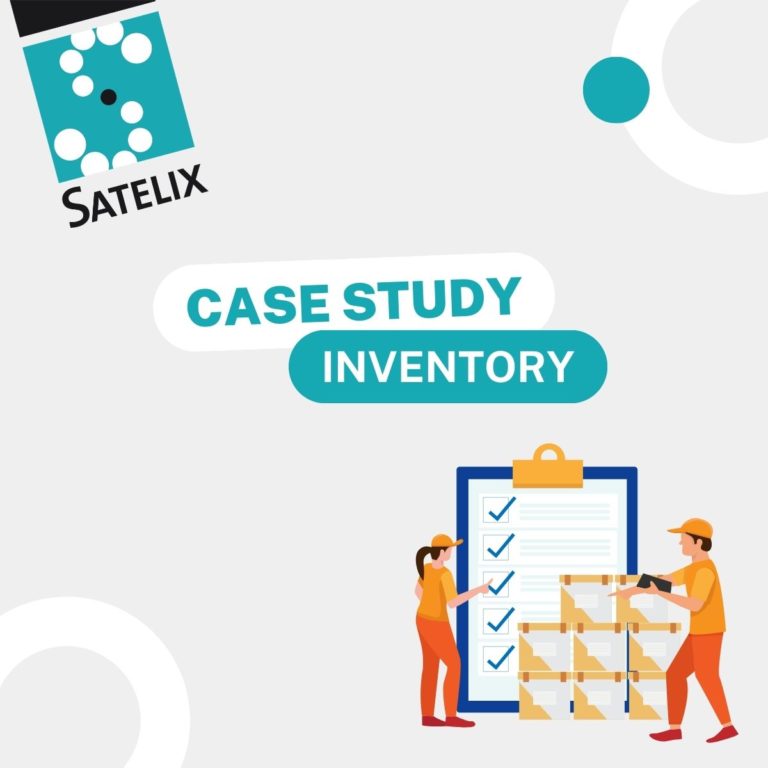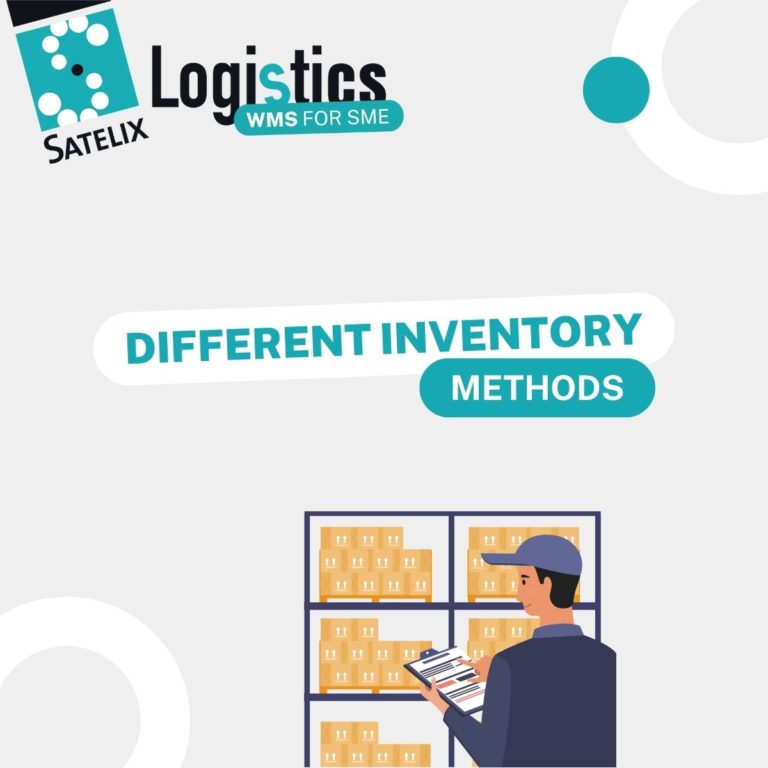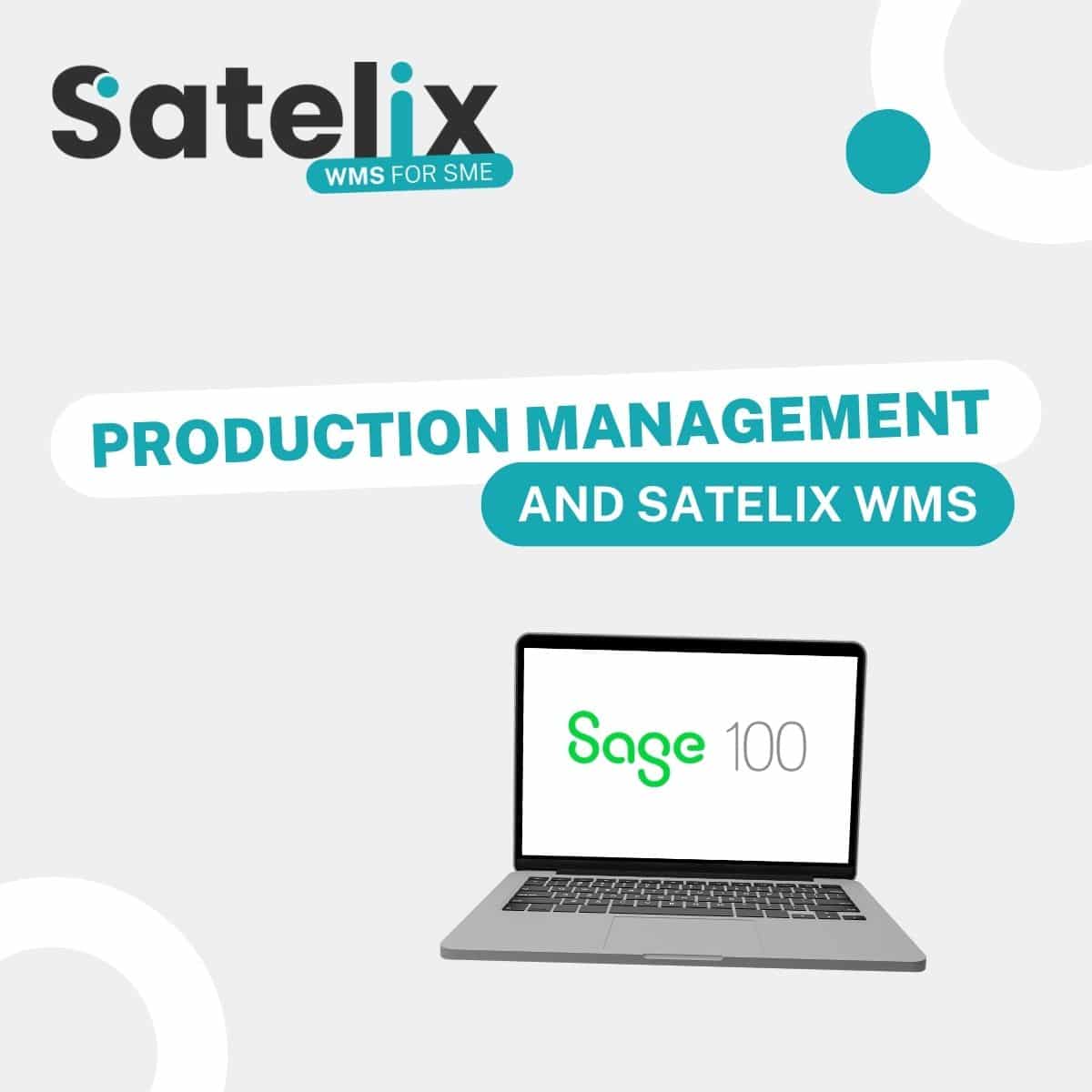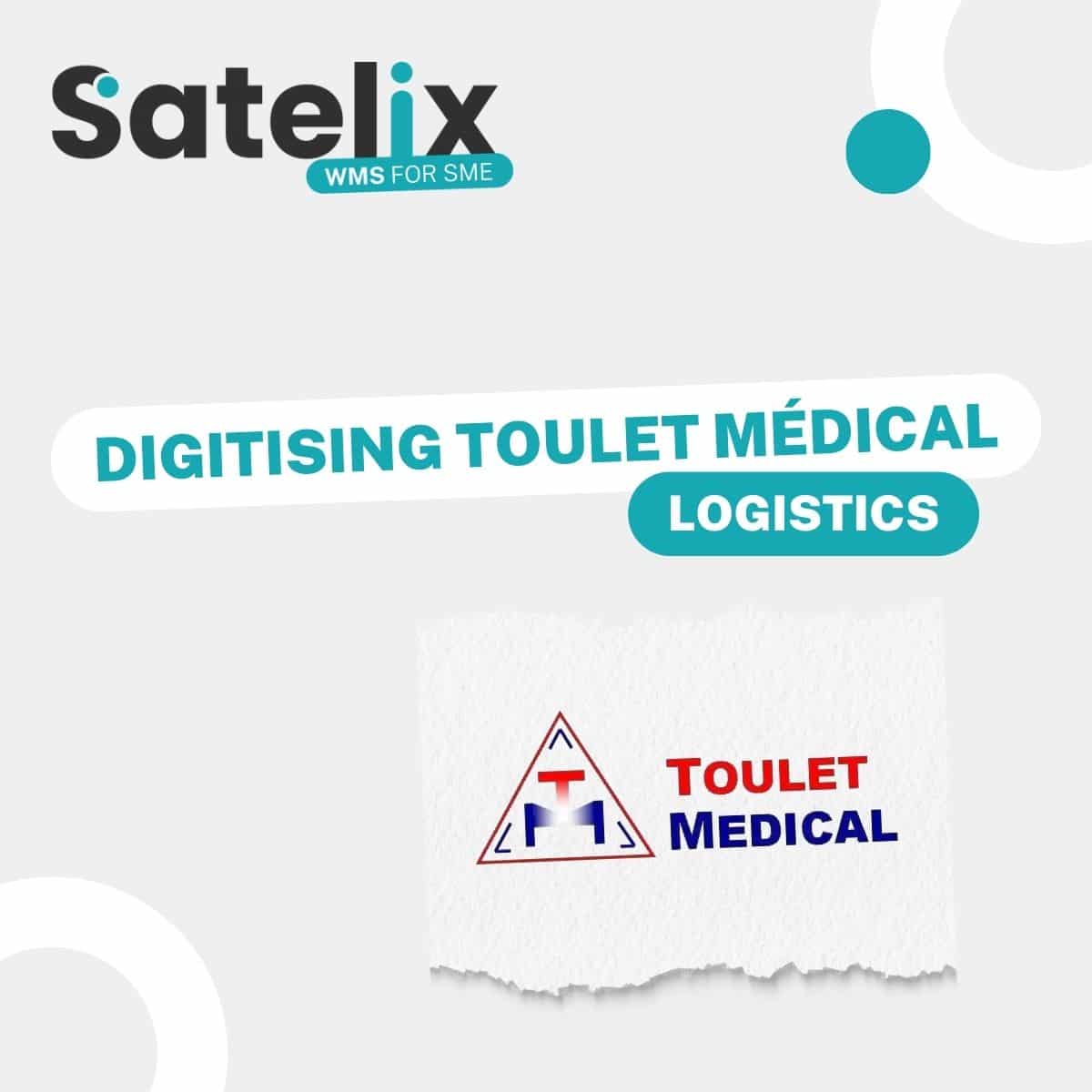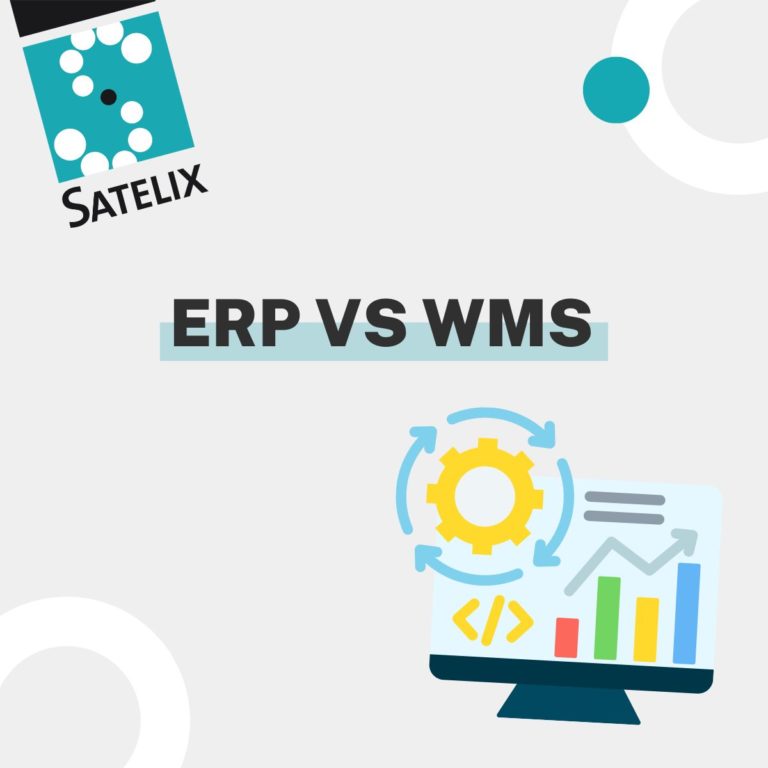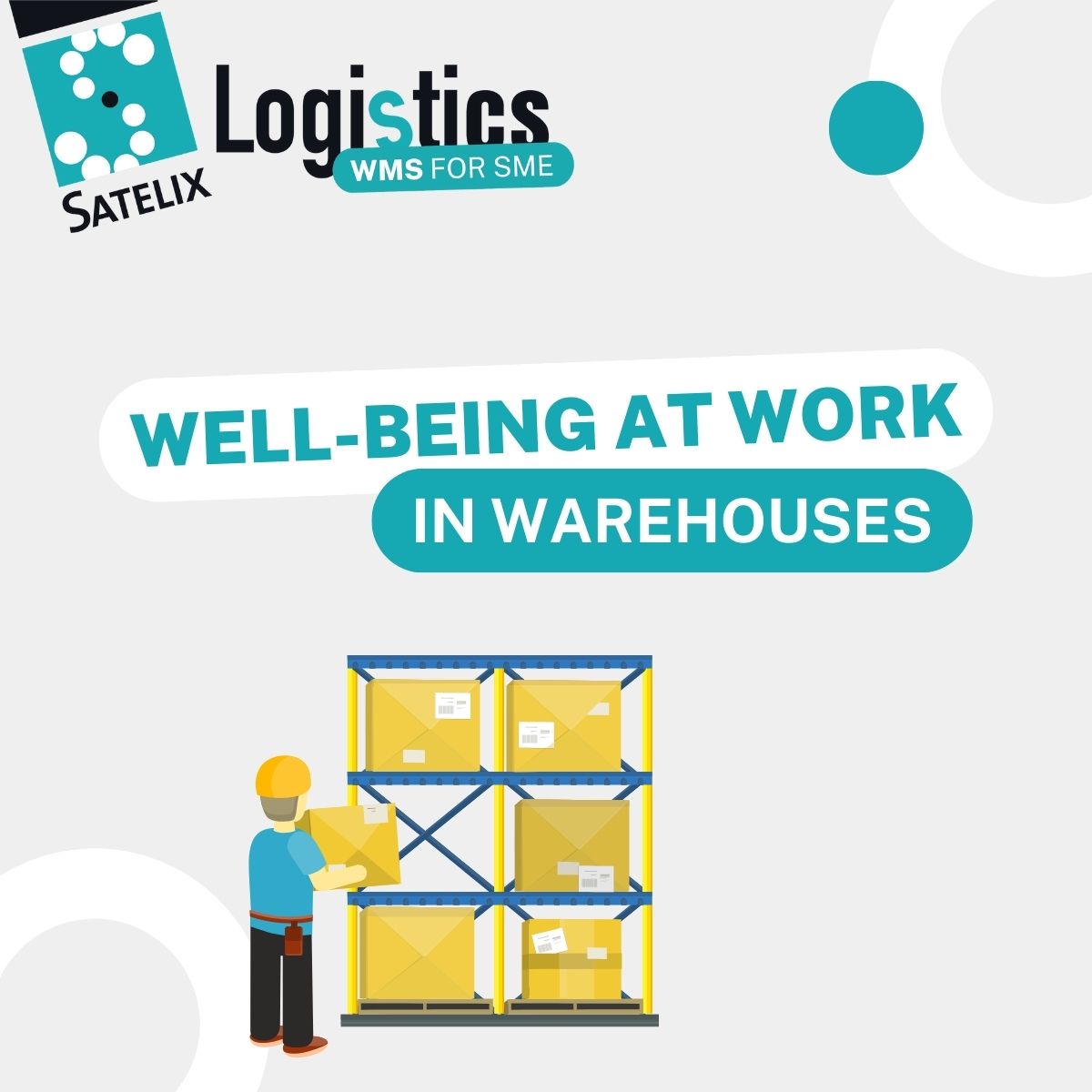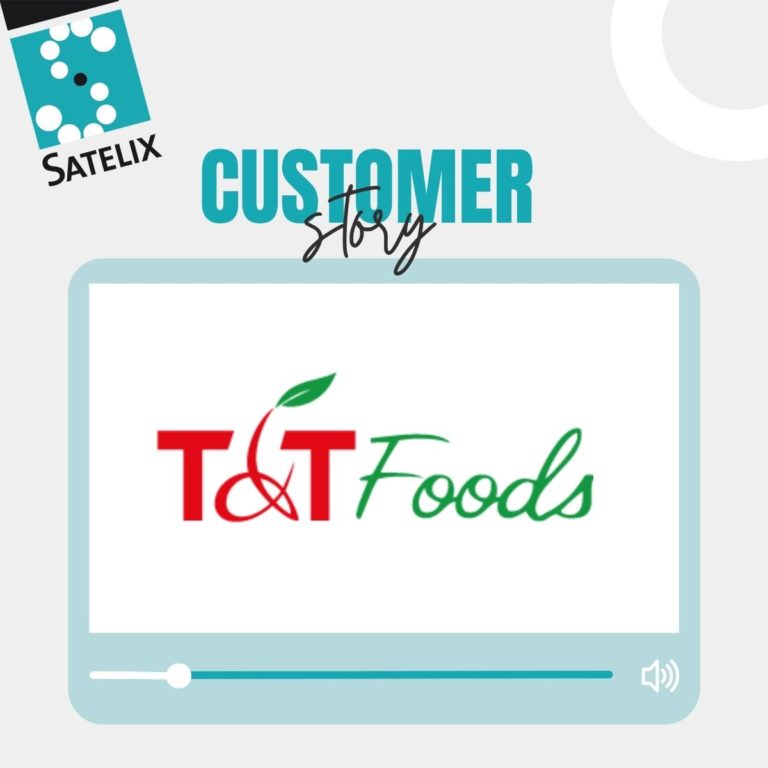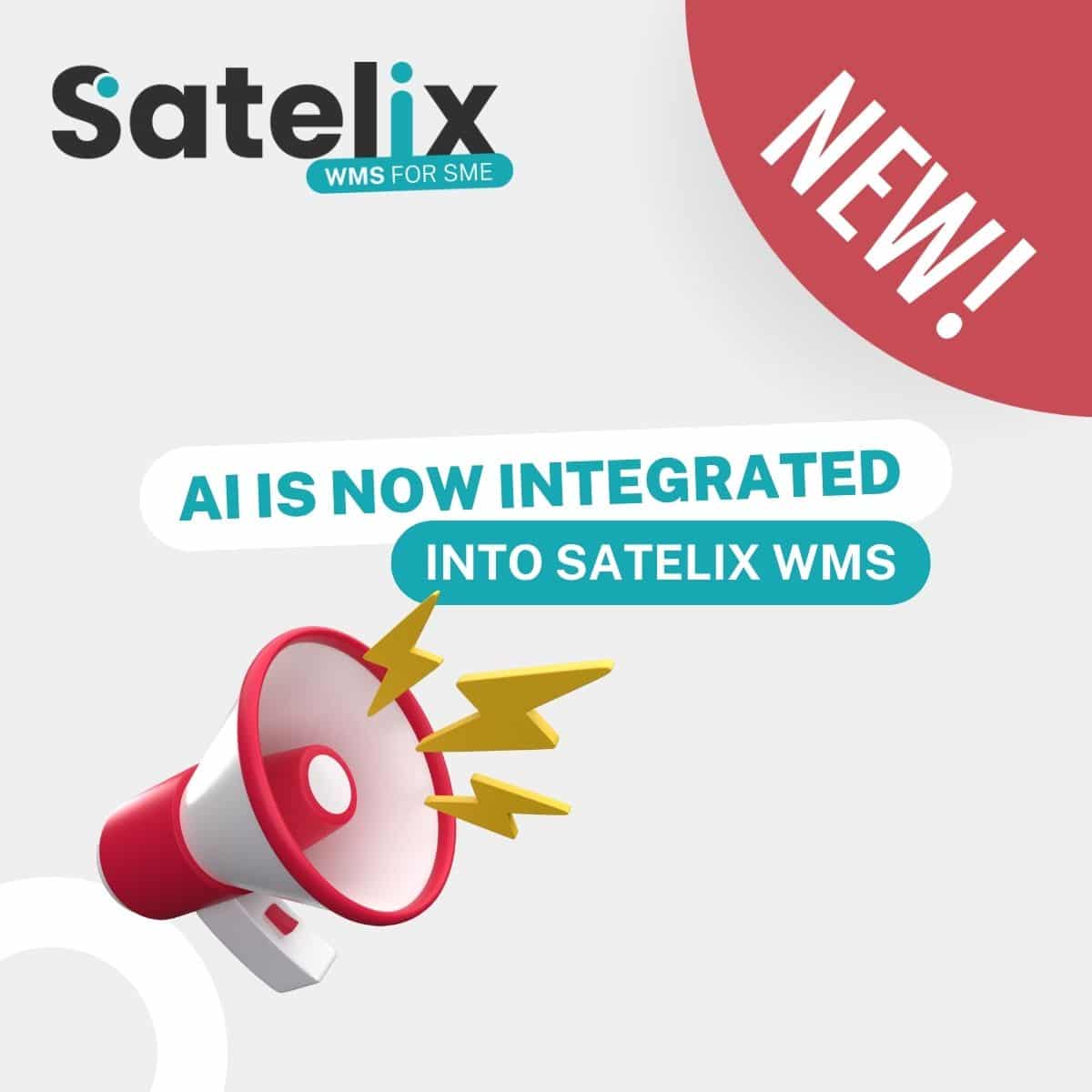In-house, outsourced or hybrid logistics: the new models in the digital era
Is managing logistics in-house still the best option for SMEs in 2025? With rising demands for traceability, cost pressures, growing customer expectations, and accelerated digitalisation, companies are rethinking their logistics strategy. At a time when stock location matters less than smart control, let’s explore the key models shaping logistics today.
Why manage logistics in-house?
A guarantee of control, traceability and proximity 🫱🏼🫲🏼
Historically, managing logistics internally has allowed companies to control every stage of the supply chain — from storage to order preparation, including returns and dispute management.
For highly regulated industries (pharmaceuticals, food, chemicals), traceability is non-negotiable. In such cases, in-house logistics is often the safest choice.
Beyond regulatory compliance, in-house logistics also offers:
-
Customised logistics processes,
-
Fast response to disruptions (stockouts, seasonal peaks, returns),
-
Better alignment between production and logistics operations.
The strategic role of WMS in in-house logistics
Satelix WMS: a smart control tool for SMEs 🔎
Today, with solutions like Satelix WMS, SMEs can automate and monitor their logistics operations with the same standards as large corporations:
-
Lot traceability,
-
Storage location optimisation,
-
Automated cycle counting,
-
Assisted order picking,
-
Real-time alerts.
A WMS like Satelix empowers SMEs to maintain control over their flows while significantly improving operational efficiency — without increasing headcount.
Outsourcing logistics: a lever for flexibility and cost optimisation
When logistics outsourcing becomes strategic 📈
Managing everything internally isn’t always viable. Many SMEs opt for logistics outsourcing to reduce fixed costs and gain access to specialised expertise.
Main benefits of outsourcing:
-
Turning fixed costs into variable expenses,
-
Access to advanced logistics tools,
-
Ability to scale quickly without infrastructure constraints.
1️⃣ Case study: Cdiscount & GXO Logistics
To handle the increasing demands of e-commerce, Cdiscount implemented a hybrid model: core logistics are managed internally, while part of the operations is outsourced to GXO Logistics.
Outcome: enhanced flexibility, cost savings, and consistent service levels.
2️⃣ Case study: Nespresso & Kuehne+Nagel
Nespresso entrusted its European logistics to Kuehne+Nagel with the goal of:
-
Cutting delivery times (−30% across Europe),
-
Reducing logistics costs,
- Gaining visibility over its entire supply chain.
What if the future lies in hybrid logistics?
Keep control over critical flows, outsource the rest 🤔
More and more companies are choosing a hybrid logistics approach, combining in-house control with targeted outsourcing.
Key success factors include:
-
A modular logistics architecture,
-
An interconnected WMS capable of monitoring both internal and external flows,
-
Shared performance indicators (KPIs) to drive continuous improvement,
-
End-to-end traceability, regardless of where the stock is located.
Spotlight on Stockbooking: logistics flexibility on demand 🚚
Platforms like Stockbooking, known as the “Airbnb of warehousing,” allow companies to temporarily reserve warehouse space close to their customers — without long-term commitments.
✅ Key benefits for SMEs:
-
Flexible contracts,
-
Reduced “dead stock” during seasonal peaks or product launches,
-
Enhanced customer proximity and faster last-mile delivery,
-
Full digital tracking via a single platform.
Conclusion: Should you still manage your logistics in-house?
In 2025, the question is no longer just “Should we internalise our logistics?” but rather:
👉🏼 “How do we manage logistics intelligently?”
Successful companies are those that:
-
Identify their critical flows,
-
Build the right mix of in-house resources and trusted partners,
-
Rely on a WMS like Satelix to centralise data, automate tasks, and ensure full traceability.
In-house, outsourced, or hybrid — what matters most today is how you control your logistics, not where your stock is stored.
Enjoyed this article? Follow us on LinkedIn to stay up to date with our latest insights! 😌
Sources: GXO Logistics, Kuehne+Nagel, Stockbooking, Supply Chain Magazine





